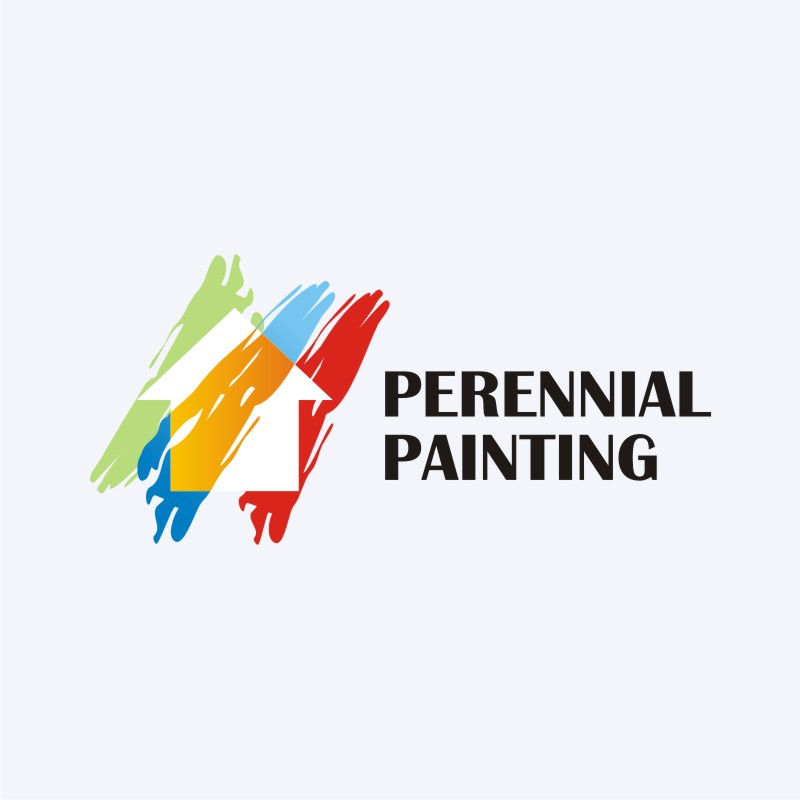Understand How Seasonal Conditions Impact The Success Of Industrial External Paint And Discover The Perfect Periods To Assure Durable Results For Your Job
Understand How Seasonal Conditions Impact The Success Of Industrial External Paint And Discover The Perfect Periods To Assure Durable Results For Your Job
Blog Article
Content Create By-Burnham Whalen
When you're preparing an industrial outside paint task, seasonal factors can make or damage your outcomes. You'll intend to think about how temperature level and humidity effect paint application and drying times. Picking the best season can guarantee your paint adheres appropriately and lasts longer. But which seasons are truly the most effective for this kind of job? Let's explore read more that can affect your project's success.
The Influence of Temperature on Paint Application
When you're planning an industrial exterior painting task, the temperature can significantly affect how well the paint sticks and dries.
Ideally, you want to repaint when temperatures vary in between 50 ° F and 85 ° F. If it's as well cool, the paint may not cure appropriately, resulting in issues like peeling off or fracturing.
On the other side, if it's as well hot, the paint can dry as well swiftly, preventing proper bond and causing an irregular surface.
You must also think about the time of day; morning or late afternoon provides cooler temperature levels, which can be extra beneficial.
Constantly inspect the manufacturer's suggestions for the details paint you're utilizing, as they frequently provide support on the ideal temperature range for ideal results.
Moisture and Its Impact on Drying Times
Temperature level isn't the only ecological element that influences your industrial exterior painting job; humidity plays a significant function also. High humidity levels can decrease drying times drastically, influencing the general top quality of your paint task.
When the air is filled with moisture, the paint takes longer to heal, which can cause problems like bad bond and a higher danger of mold development. If you're repainting on a particularly moist day, be planned for extensive wait times between layers.
It's essential to keep track of regional weather conditions and plan as necessary. Ideally, go for humidity degrees between 40% and 70% for optimum drying out.
Maintaining these consider mind guarantees your job remains on track and delivers a long-term coating.
Best Seasons for Commercial Outside Paint Projects
What's the best time of year for your industrial external painting tasks?
Springtime and very early autumn are typically your best options. During https://www.wral.com/raleigh-paint-company-has-connection-to-1990s-band/20083901/ , temperature levels are moderate, and humidity degrees are often reduced, creating suitable conditions for paint application and drying.
Prevent summer season's intense heat, which can cause paint to dry too swiftly, resulting in inadequate attachment and finish. Similarly, wintertime's cold temperature levels can impede proper drying out and treating, risking the long life of your paint task.
Aim for days with temperatures between 50 ° F and 85 ° F for optimal outcomes. Bear in mind to inspect the regional weather prediction for rainfall, as damp conditions can spoil your job.
Preparation around these elements guarantees your paint task runs efficiently and lasts longer.
Verdict
To conclude, preparing your business outside painting tasks around seasonal factors to consider can make a considerable distinction in the result. By organizing work throughout the ideal temperatures and humidity levels, you'll make sure far better attachment and drying times. Keep in mind to keep an eye on local weather forecasts and choose the right time of year-- springtime and early autumn are your best bets. Taking these steps will help you achieve a durable and specialist coating that lasts.
